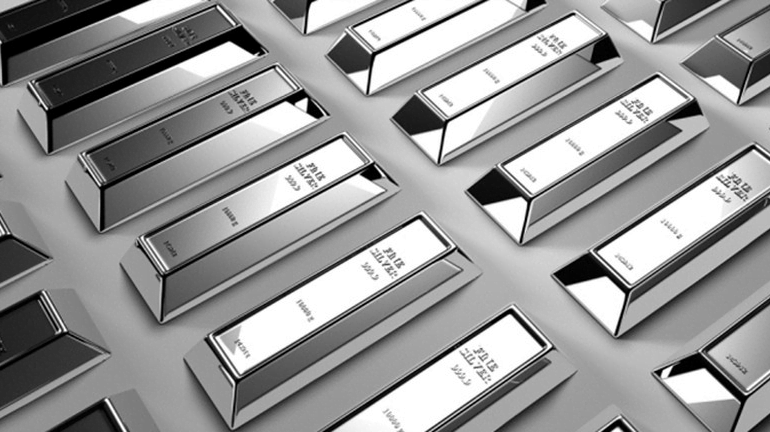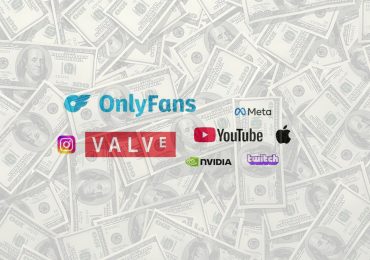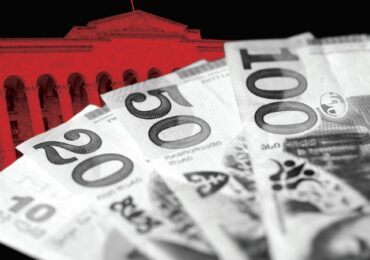Following Joe Biden’s win in the U.S presidential election, platinum might be set to trump gold going forward as the U.S. and other major economies shift their focus to clean energy and decarbonization.
Platinum’s role in the hydrogen economy is crucial as it’s often used in fuel cells and to produce green hydrogen through the electrolysis of water using renewable energy, according to research by the WPIC (World Platinum Investment Council )
Limited supply and increased investment demand due to the green hydrogen narrative could be a powerful catalyst for a secular bull market in platinum in 2021.
Platinum is one of the rarest precious metals in the world, 30 times rarer than gold, although it currently trades at half the price of gold. And yet, platinum has traditionally traded at a healthy premium to gold, as annual mine production is about 15–20 times scarcer than gold.
President-elect Biden is expected to increasingly shift the U.S. from an economy reliant on fossil fuels to one driven by renewable-energy sources. In anticipation, many investors are already moving their assets away from fossil-fuel producers and toward companies operating in the renewable-energy industries.
The change in strategy comes against the post-Covid-19 backdrop which has seen hydrogen already gaining momentum as a source of sustainable energy across the globe. In July 2020, the European Union unveiled its new hydrogen strategy as part of its goal to achieve carbon neutrality and zero pollution economy by 2050. As the first phase, it will increase the current installation of clean energy electrolyzer capacity more than six-fold to 6 GW by 2024.
Europe is fully dependent on the supply of 19 of 29 raw materials relevant to fuel cells and electrolyzer technologies, therefore this provides a positive demand signal for several metals, most notably platinum.
According to IEA (International Energy Agency) data, South Africa and Russia are the two largest platinum producing countries in the world, accounting for 72% and 12.2%, respectively.
Diversification in investment is important, and that’s the same when it comes to hard assets like precious metals. As the old saying goes, the only free lunch in investing is diversification because it allows investors to reduce risk while possibly improving returns.
With this in mind, investors might want to consider the investment case for platinum as a way to diversify their portfolios by allocating some of their gold weightings to platinum going into next year.
It is significant to note that if investors in gold had included even a 5% allocation to platinum in their portfolios, their risk-adjusted returns would have been higher over the past 30 years.
Unprecedented monetary and global fiscal stimulus and the resultant debasement of nation state currencies has led to more investor interest in hard assets like precious metals.
The question on many precious metals investors hence is whether platinum prices could follow gold to new highs, especially if and when, platinum investment demand begins to focus and factor in the catalyst of low prices and rise in demand for green green hydrogen.
Historically, because platinum is rarer and more expensive to mine, according to Bloomberg data, platinum has tended to trade around 1.25 times the price of gold. Presently, however, the price of platinum is not even half the price of gold.
If we get a reversion to the mean, and gold stays at or above $2,000, then platinum prices could rally to $2,600–a more than doubling from today’s price of $877 per ounce of platinum. The current gold /platinum ratio stands at 2.15, while the all time low was 0.43, and the all time high was 2.30.
According to to C2ES–the Center for Climate and Energy Solutions–an independent, nonpartisan, nonprofit organization working to forge practical solutions to climate change, there is a climate case to be made for hydrogen to become the clean energy of the future.
Hydrogen has been touted as the answer to humanity’s energy needs. After all, it is the most abundant element and, when burned, releases only energy and water. It can be stored and transported in liquid or gaseous form, is energy dense, and is not subject to intermittent supply.
Continued proliferation of government sponsored hydrogen economy initiatives are expected to only add to platinum investment demand momentum.
What is still unappreciated by many global investors is that platinum, is a key material in many clean energy technologies and emissions control devices, according to the International Energy Agency
In a few years time we might hence expect it will look obvious that platinum was “too cheap”in November 2020. Platinum having lagged gold’s performance this year and trading on multi-year lows coupled with extreme readings in the gold/platinum ratio make platinum an interesting and potentially profitable investment.
Platinum has traditionally traded at a healthy premium to gold. There have only been four occasions during the last 40 years where platinum has been priced at a discount to gold for a sustained period. In all these cases, the price markedly recovered in the following years.
"Forbes Georgia-ის სარედაქციო ბლოგპოსტების სერია "როგორ გამდიდრდა“ და "საქართველო რეიტინგებში".














